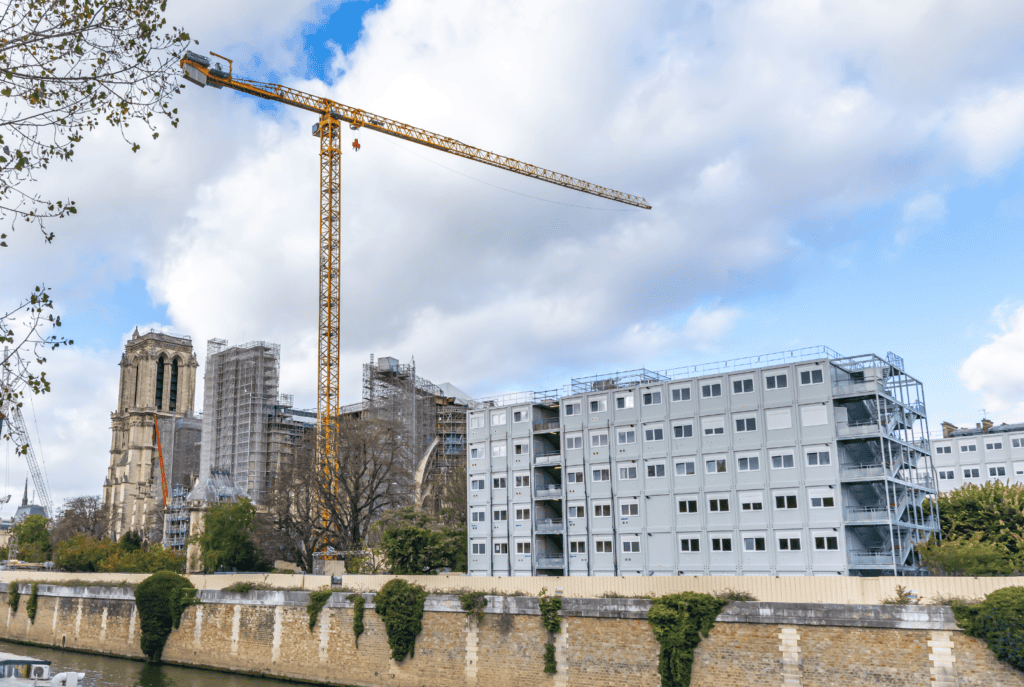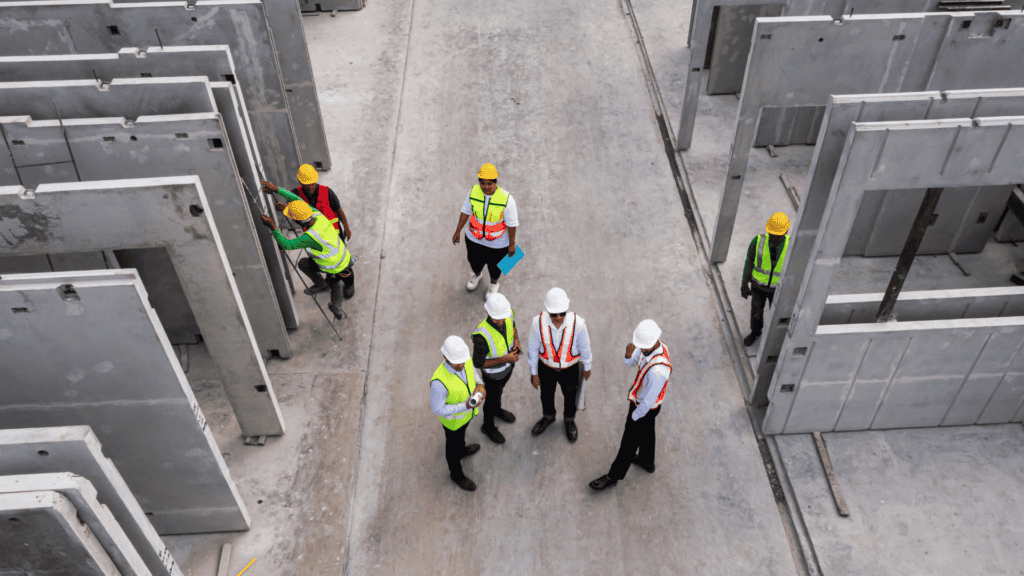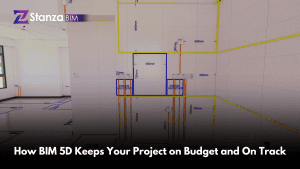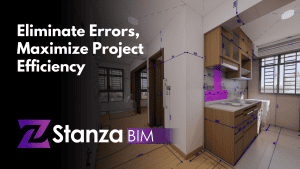In the ever-evolving construction landscape, the synergy between Building Information Modeling (BIM) and prefabrication is redefining how buildings are conceptualized, manufactured, and assembled. This dynamic partnership holds the potential to revolutionize on-site assembly, leading to faster construction timelines, improved project efficiency, and enhanced quality outcomes.
Building Information Modeling (BIM) serves as the digital backbone of modern construction, providing a comprehensive platform for visualizing, designing, and managing building projects. When combined with prefabrication techniques, where building components are manufactured off-site and assembled on-site, BIM becomes a powerful catalyst for streamlining the construction process.
BIM‘s ability to create intricate 3D models that replicate every aspect of a building’s design is at the heart of this revolution. Architects, engineers, and contractors can collaborate within this digital realm, ensuring that prefabricated components are accurately designed and seamlessly integrated. The virtual environment enables detailed planning of assembly sequences, reducing errors and rework during the on-site installation.
BIM facilitates seamless coordination between prefabricated components, addressing potential clashes or conflicts before they arise on-site. This proactive approach minimizes disruptions, reduces costly delays, and ensures the smooth integration of prefabricated elements, from structural elements to mechanical systems.
Prefabrication, combined with BIM, dramatically accelerates construction timelines. Off-site manufacturing of building components occurs concurrently with on-site preparations, effectively compressing project schedules. Once on-site, prefabricated elements like precision-engineered puzzle pieces fit together, reducing construction time and enhancing overall project efficiency.

The conjunction of BIM and prefabrication also elevates quality control measures. Because prefabricated components are manufactured in controlled environments, they undergo rigorous testing and inspections before reaching the construction site. BIM ensures that these components align with the original design intent, enhancing the overall quality and integrity of the final structure.
Prefabrication inherently reduces construction waste by optimizing material usage and minimizing on-site cutting and modifications. When combined with BIM‘s accurate material takeoffs and efficient resource management, the environmental impact of construction projects is significantly reduced, aligning with sustainability goals.
In construction, the collaboration between Building Information Modeling (BIM) and prefabrication marks a paradigm shift. This integration accelerates construction processes and raises the bar for precision, efficiency, and sustainability. This digital synergy streamlines construction, crafting a future where innovation resonates through every beam and bolt, echoing a harmonious symphony of progress.










